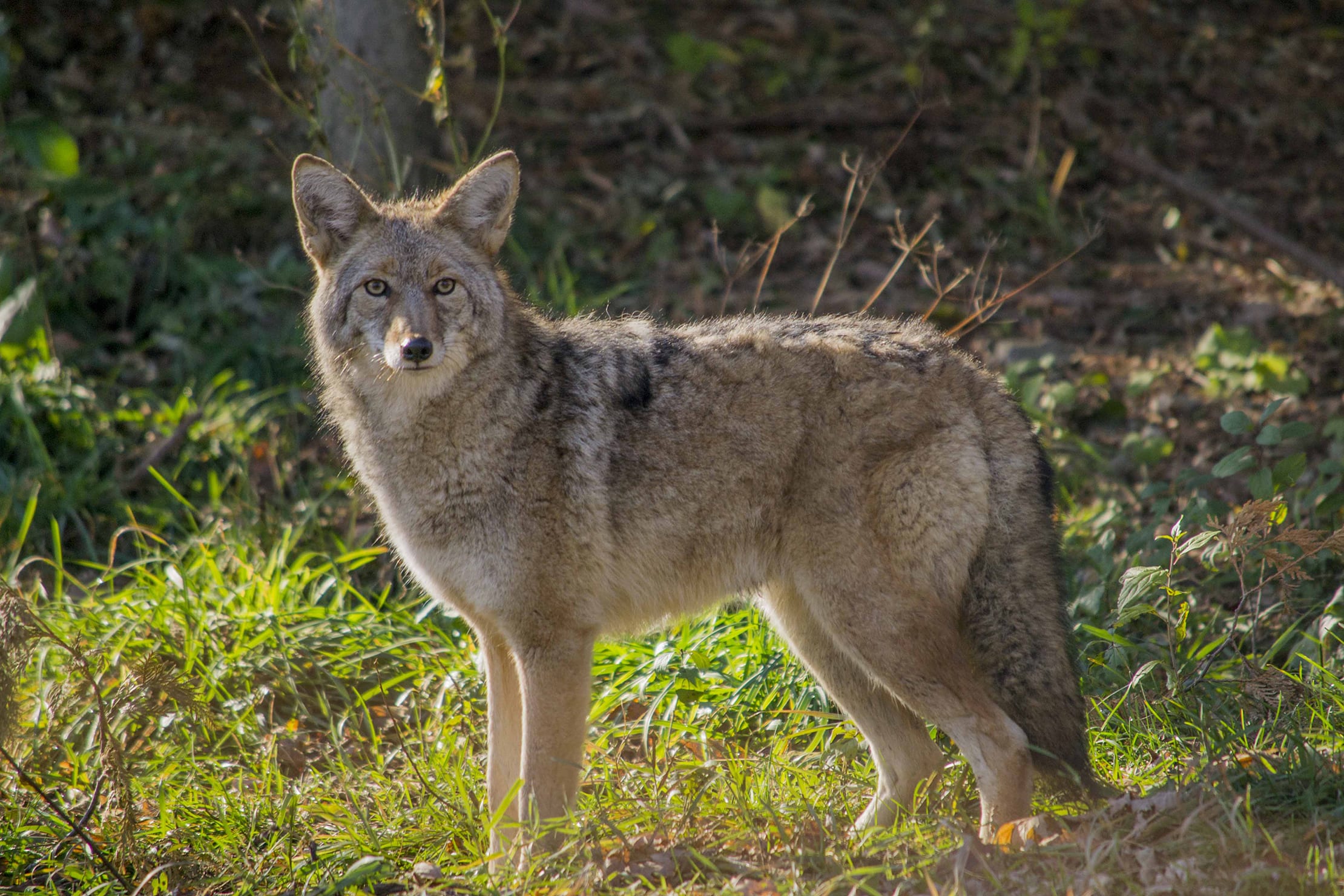
Scouring through pages 367-377 for the depth of meaning that lies behind the words, reminds me of the Coyote. Transformative, illusive and intriguing. Let me take you through some pages and let’s explore their meaning together.
On Page 367, we begin in a car ride to the Sun Dance with Latisha driving, Alberta in the passenger seat and Latisha’s Children Benjamin, Christian and Elizabeth (all colonizer and Christian names) in the back. Christian and Benjamin are playing a game comprised of slapping each other’s hands as hard as they can, a violent, useless game for the Christian and the colonizer. This slapping game also reminds Latisha of men and their tendency to get bored … like her husband George named after George Armstrong Custer(Flick 146). While Benjamin and Christian slap each other in the back seat of the car, Elizabeth, is fast asleep in her car seat. She’s the Queen after all.
Alberta Frank who is “the principal female character in the realist story.”
(Flick 144) and Latisha open up to each other about children and men. Alberta is feeling nauseous on the drive, she woke up that morning feeling nauseous and Latisha intuits that she is pregnant. “There’s not way I can be pregnant”, states Alberta. ” That’s what I said too”, rebuttals Latisha (King 367). The two women go on further and talk about marriage it’s purpose and the reason why Latisha’s marriage to George ended. George took off when she was pregnant with Elizabeth and hasn’t seen him since. As the women discuss Alberta’s prospects for marriage in either Lionel of Charlie, they also reach the Sun Dance. “No wonder you are sick”, says Latisha as she thinks about the two men Lionel and Charlie (King 369). They drive along the grounds looking for Norma’s lodge, which has always been in the same place on the east side of the camp (King 369).
As they circle the camp, King takes us back in time to Latisha’s high school days, where one of her teachers asked her to give a small presentation on Indian culture. Ann Hubert (Flick 161) a white classmate who wore a new sundress every week asked Latisha if going to the Sun Dance was like going to church. Latisha can’t find the words and their is no comparison. Finally Ann Hubert says, that “it [is] probably a mystery, something you could never know but believed in anyway like God and Jesus and the Holy Spirit (King 370).
Norma who seems to be the matriarch of the book also intuits that Alberta is pregnant, as soon as she sees her. “You got your period?” Norma asks Alberta. “No … I just don’t feel very good … I’m not pregnant … there’s not way I could be pregnant”, Alberta replies. “Like to have a a dime for every time I’ve heard that”, concludes Norma (King 371). As Alberta discovers that Lionel is at the Sun Dance too, Latisha decides to head out and she “marvels at the land and how it turns to follow the sun.” (King 371). It’s the cyclical nature of nature and the medicine wheel. While Latisha is out looking around the camp she comes face to face with George for the first time since he left her.
We Jump to Charlies story line come page 373 and see him at his motel thumbing through a copy of Alberta Now a “play on Ted Byfield’s right-wing publication Alberta Report” (Flick 151 emphasis added). He calls Alberta’s phone and gets the “busy” tone. He gets back into Alberta Now and reads an article on how old movie Westerns are finding a new life in the home video market. He dials 7 more times to get a total of 8 “busy” tones from Alberta.
On page 375, we begin to follow Eli also walking around the camp with Harry as they witness how the Sun Dance has changed from when they were kids. Tepees now were only two to three deep, it was much more before. They see Martha Old Crow’s grand kids trying to tie down a tent. Martha was “a medicine woman, the ‘doctor of choice’ for people on the Reserve” (Flick 146). Eli and Harry also talk about Eli’s mothers house and how the dam is killing the river. Flick explores that the construction of dams and how they “staunched the flow of the rivers, cultural sites and the sweet grass and the willow, so important to Indian cultural life …” (23). With “[no] flood. No nutrients. No cottonwoods … and if cottonwoods die where are [they] going to get the Sun Dance tree”, comments Harry. Cottonwoods were used for posts for the Sun Dance. Harry then goes on to joke that if they ever wanted to make millions as a people they could give the Cree in Quebec a call. As there conversation comes to and end they lean back with the sun on their face and watch the people gather. The cyclical nature of discussion.
We conclude on page 377, with Alberta who decides to look for Lionel despite her nausea. Alberta looks around the circle of the camp (possibly making reference to the cyclical nature of the medicine wheel), but she does not see Lionel.
I hope you enjoyed!
Till next time,
Sarah Afful
Works Cited
“Behind the Name”. 16 November 2109. www.behindthename.com/name/benjamin. Accessed 17 March 2020.
“Christian”. Merriam Webster since 1828. www.merriam-webster.com/dictionary/Christian. Accessed 17 March 2020.
Flick Jane. “Reading Notes for Thomas King’s Green Grass, Running Water.” Canadian Literature 140-162 (1999). Web. 4 April 2013.
King, Thomas. Green Grass Running Water. Toronto: Harper Collins, 1993. Print.
Miller, Stuart. “The American epic: Hollywood’s enduring love for the western”. The Guardian. 21 October 2016. www.theguardian.com/film/2016/oct/21/western-films-hollywood-enduring-genre. Accessed 9 March 2020.
Morrill. S John, Greenblat. J Stephen. “Elizabeth I Queen of England.” Encyclopedia Britannica. www.britannica.com/biography/Elizabeth-I. Accessed 17 March 2020.
Psalm 104:6-9. The Bible. www.biblia.com/bible/esv/psalm/104/6-9. Web. Accessed March 17 2020.
“Religions: Immaculate Conception”. BBC. 21 07 2011. www.bbc.co.uk/religion/religions/christianity/beliefs/immaculateconception.shtml. Accessed 17 March 2020.
“Sun Dance Religious Ceremony”. Encyclopedia Britannica. www.britannica.com/topic/Sun-Dance. Accessed 17 March 2020.
“What to do if you encounter a coyote”. Montreal. 12 March 2020. www.montreal.ca/en/topics/what-to-do-if-you-encounter-coyote. Web. Accessed 17 March 2020.
“What is an indigenous medicine wheel.” Indigenous Corporate Training Inc. 16 April 2013. www.ictinc.ca/blog/what-is-an-aboriginal-medicine-wheel. Accessed 17 March 2020.








